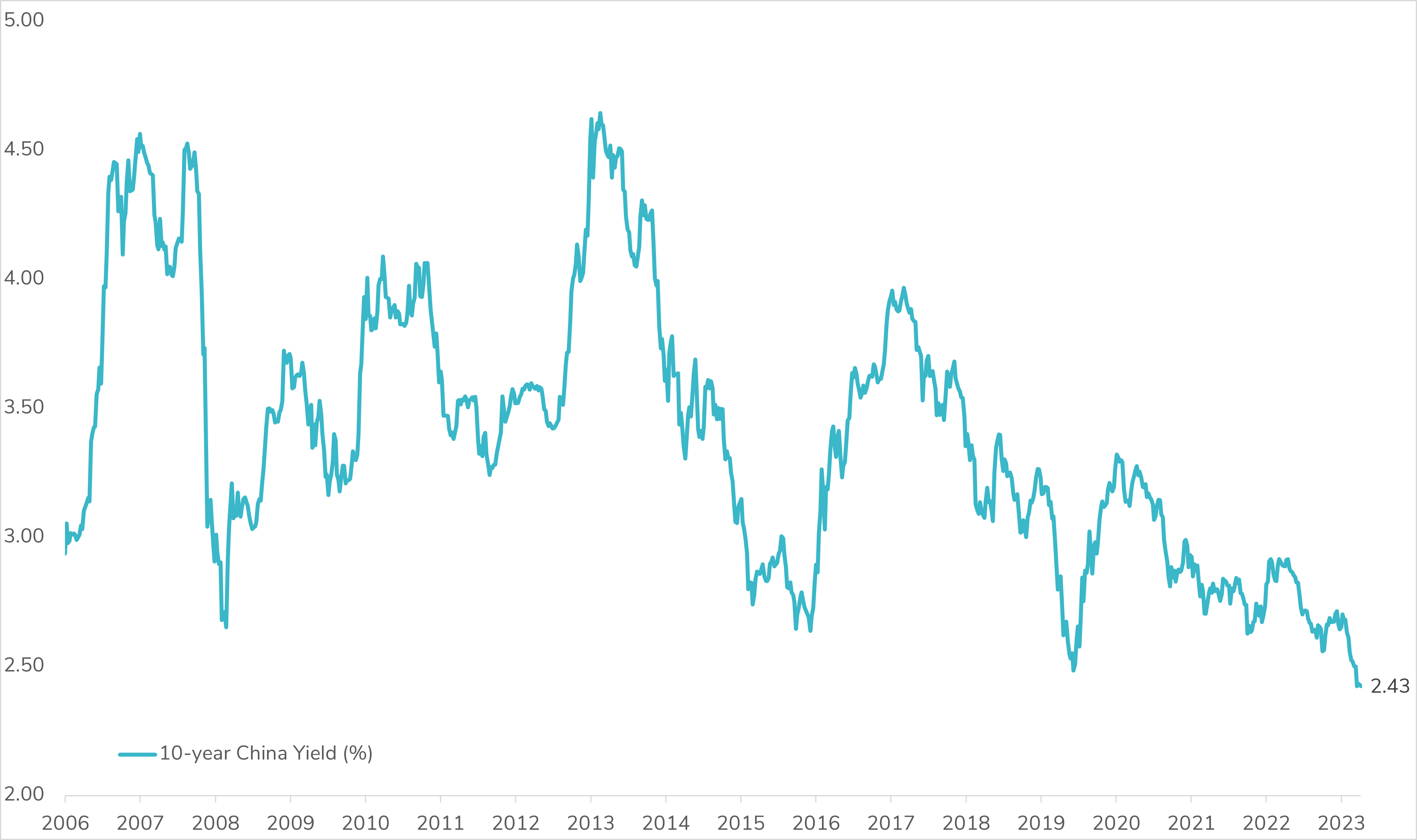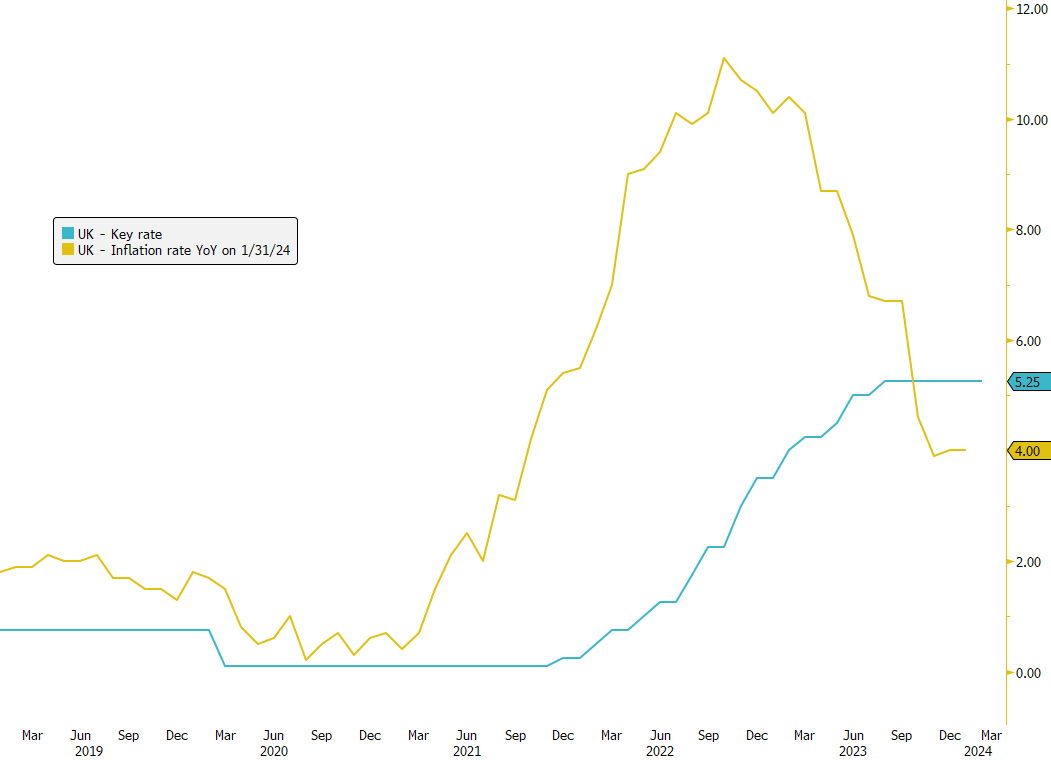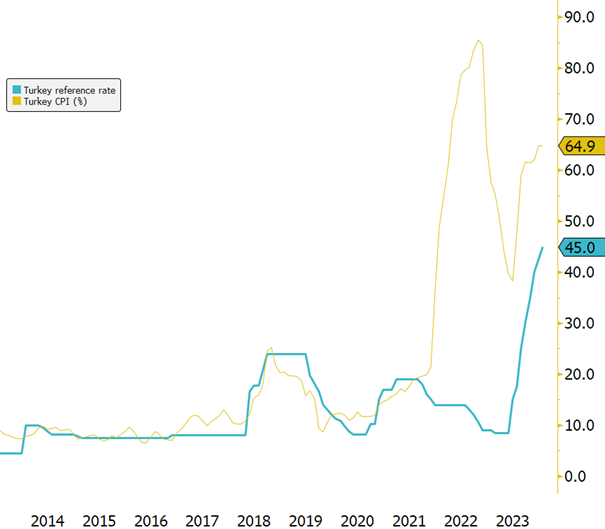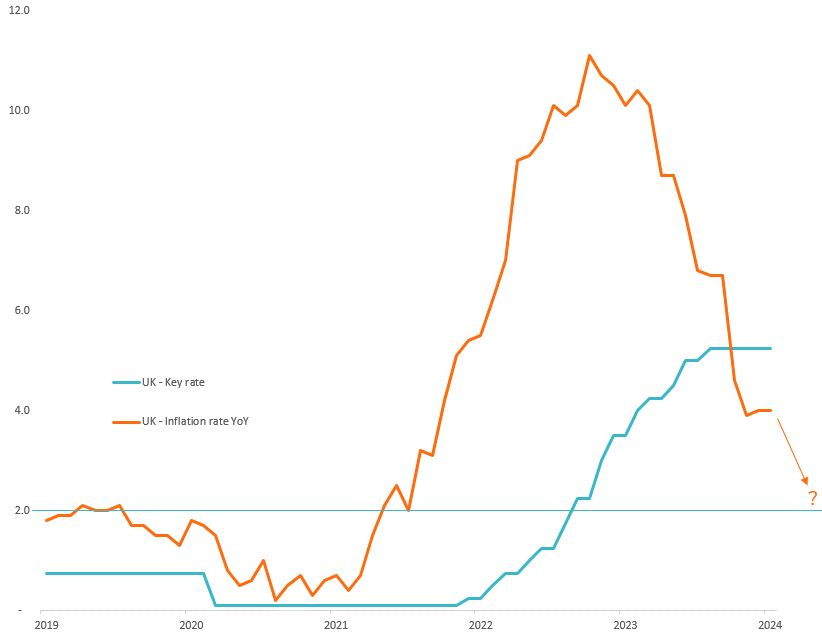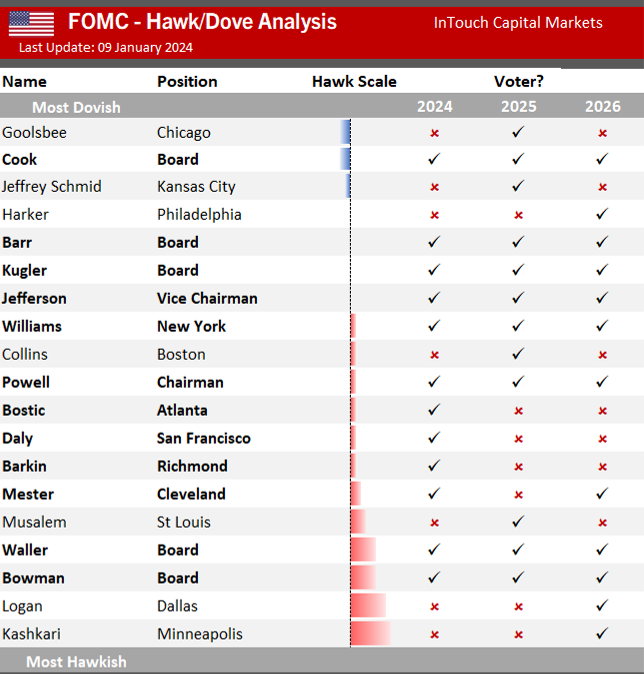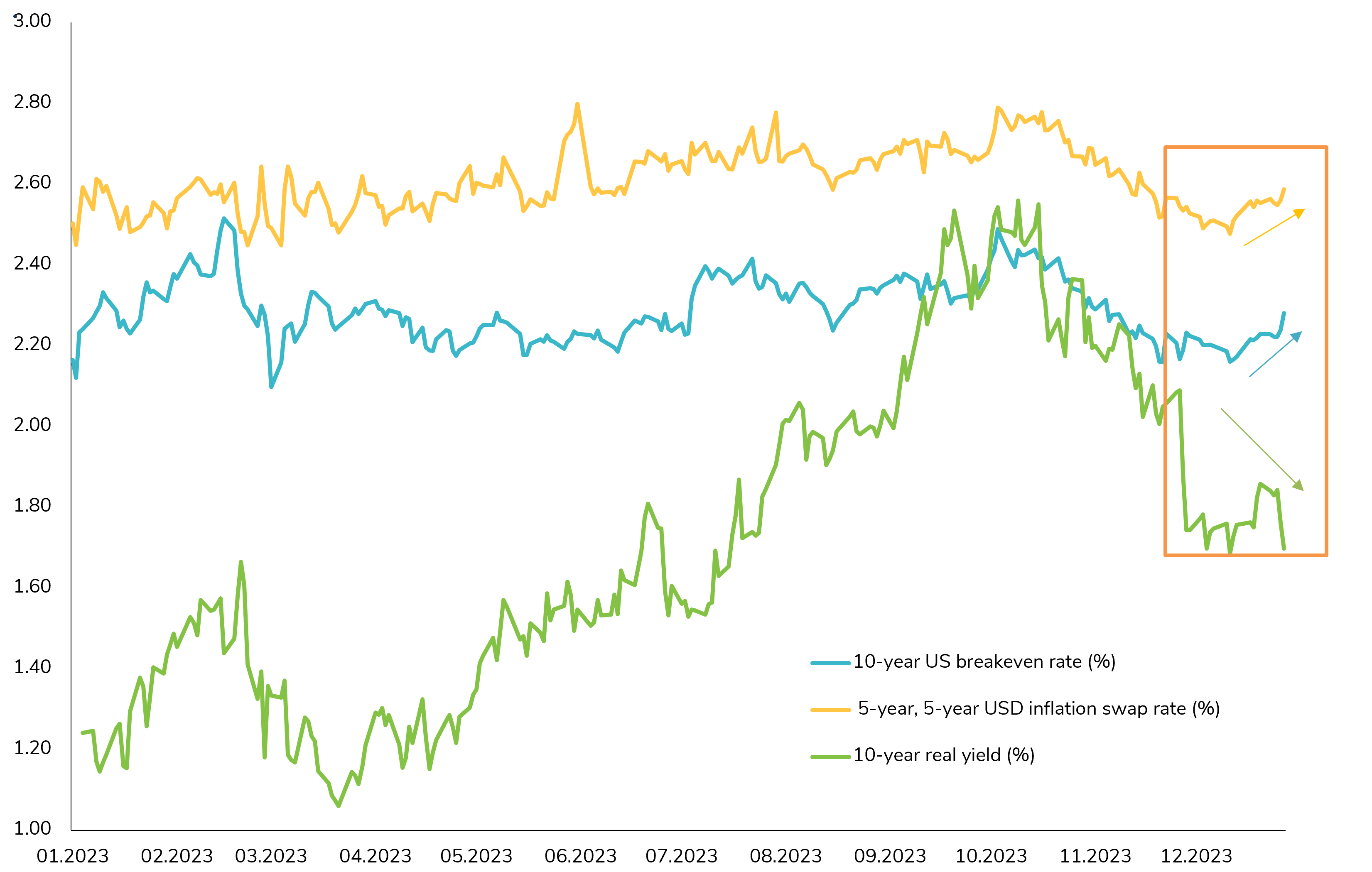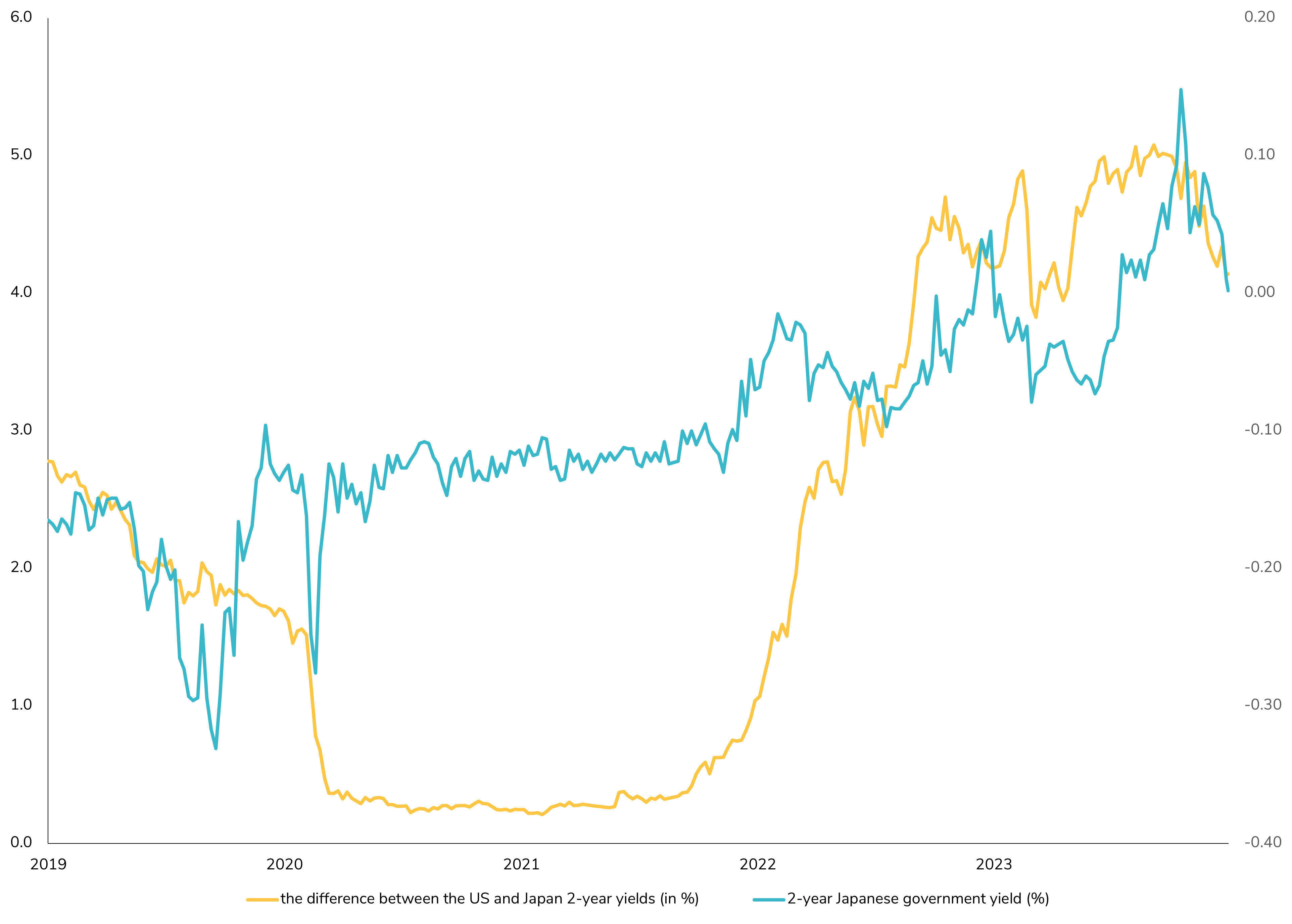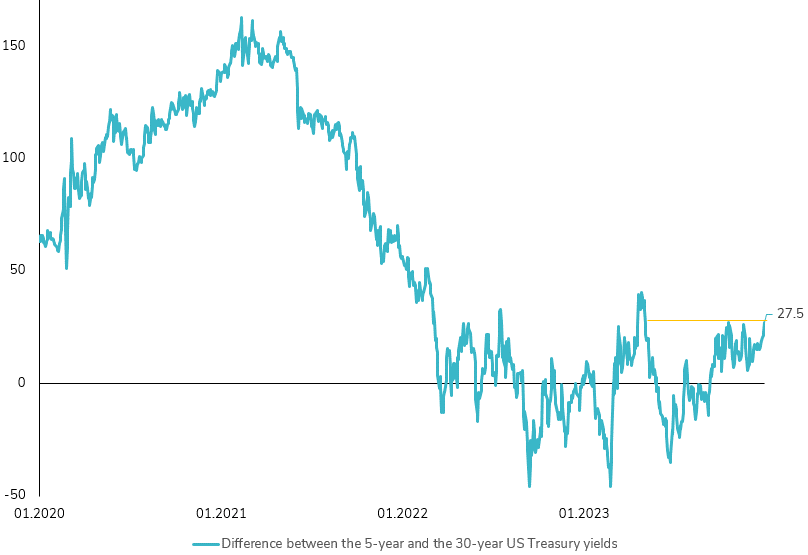Straight from the Desk
Syz the moment
Live feeds, charts, breaking stories, all day long.
- All
- equities
- United States
- Macroeconomics
- Food for Thoughts
- markets
- Central banks
- Fixed Income
- bitcoin
- Asia
- europe
- investing
- technical analysis
- geopolitics
- gold
- Crypto
- AI
- Commodities
- Technology
- nvidia
- ETF
- earnings
- Forex
- china
- Real Estate
- banking
- oil
- Volatility
- magnificent-7
- energy
- apple
- Alternatives
- emerging-markets
- switzerland
- tesla
- United Kingdom
- assetmanagement
- Middle East
- amazon
- russia
- ethereum
- microsoft
- ESG
- meta
- Industrial-production
- bankruptcy
- Healthcare
- Turkey
- Global Markets Outlook
- africa
- Market Outlook
- brics
📉 China Yields Staying Stuck at Historic Lows as PBOC Slashes Mortgage Reference Rate!
China has taken bold measures to uplift its struggling property sector by implementing its most substantial reduction in a key mortgage rate to date. The five-year loan prime rate saw a notable cut of 25 basis points, plummeting to a historic low of 3.95%. This move, the largest decrease since the rate's overhaul in 2019, underscores China's commitment to stimulating economic growth through targeted measures. The decision to lower the mortgage reference rate is poised to have far-reaching effects, potentially unlocking opportunities for further economic support initiatives. By enabling more cities to lower their minimum mortgage rates, the rate cut aims to revitalize demand in the sluggish housing market. Moreover, it seeks to address the persistent property crisis, which has cast a shadow on overall economic growth. However, despite these efforts, it is not expected that the rate cut will significantly boost homebuyers' sentiment as home prices are still falling in most cities and wage growth is tepid. Following cut's announcement, market response was subdued, with equities and USDCNH experiencing minimal changes, while 10Y onshore government bond yields saw only slight decreases. How will China emerge from this slow economic agony? Source: Bloomberg
📉 UK Inflation Remains Stable, Easing Pressure on BoE!
UK inflation remained weaker than anticipated in January, holding steady at 4% year-on-year, defying forecasts of a rise to 4.1%. This unexpected outcome suggests reduced pressure on the Bank of England (BoE) from underlying price increases. Notably, services inflation reached 6.5%, slightly below the BoE's projections. Despite the stable headline rates, the BoE remains cautious amidst labor market tightness and signs of economic recovery. As a result, traders have adjusted their expectations for rate cuts, now anticipating two cuts for the year, with the first expected in September. However, amidst this cautious sentiment, the UK bond market could emerge as an attractive opportunity. Expected decreases in the Consumer Price Index (CPI) signal potential inflationary relief, supporting the case for Bank of England rate cuts by mid-2024. Furthermore, appealing yields following recent market pullbacks add to the attractiveness of the UK bond market as an investment avenue. It's worth noting that the market does not anticipate a rate cut until the first half of 2024, providing investors with ample time to position themselves strategically. #UKInflation #BankOfEngland #InvestmentOpportunity #BondMarket #EconomicOutlook
🇹🇷 A Surprise Resignation at the Central Bank of Turkey (CBT) 🌟
Governor Hafize Gaye Erkan's sudden resignation from the Central Bank of Turkey (CBT) has stirred questions about its impact on monetary policy and financial markets. Erkan, who made history as the first woman to lead the CBT, took office less than eight months ago with a mandate to adopt a more orthodox monetary policy. She swiftly raised the benchmark interest rate to 45% to combat soaring inflation. Following Erkan's exit, her deputy, Fatih Karahan, assumed leadership. With experience from the New York Federal Reserve and Amazon, Karahan is expected to maintain a strict monetary stance. He affirmed a commitment to monetary tightening until inflation aligns with the CBT's goals. This transition arrives amid high consumer price inflation, expected to remain around 65% for January. Karahan's appointment underscores the nation's policy continuity and commitment to economic stability through orthodox monetary measures. As financial markets react, we'll closely watch the CBT's policy decisions under Governor Karahan's leadership and their impact on the Turkish economy. 🇹🇷📈 Source: Bloomberg #CBT #TurkeyEconomy #MonetaryPolicy #MarketImpact
Bank of England day ! A Shift in Inflation Outlook and Monetary Policy?
💡 Today, the Bank of England (BOE) is convening for its highly anticipated meeting, and we're closely monitoring it for potential shifts in their monetary policy tone. The BOE's impending Monetary Policy Committee decision promises to be intriguing, with current expectations leaning towards maintaining the benchmark rate at 5.25%. 📉 Indeed, a significant twist in the narrative has occurred. The UK's inflation outlook has undergone a substantial revision, with current projections indicating a return to the 2% inflation target by the summer of 2024 – a whole year earlier than previously anticipated. This could have far-reaching implications. 📊 Adding to the intrigue is the possibility of a single vote in favor of a rate cut and a potential softening of the BOE's previous tightening stance. While the risk remains that the BOE might stick to its hawkish position, the evolving economic landscape could set the stage for an earlier easing cycle, potentially commencing as soon as June. 💬 The shifting dynamics of inflation and the subsequent responses by central banks are pivotal indicators for market movements. Fixed income investments may see considerable benefits from these potential developments.
📊 Fed Watch: Insights from Key Fed Members!
This week, several prominent Federal Reserve members shared their perspectives on monetary policy. These insights reflect a general sentiment among Fed speakers that challenges the current market expectations of numerous rate cuts in 2024. They emphasize the importance of data and a measured approach in shaping monetary policy decisions. Here's a snapshot of their views, along with a special focus on the dovish/hawkish scale by Fed members: 🔹 Austan Goolsbee (President, Chicago Fed) highlighted the need for a data-driven approach, suggesting that a continued decline in inflation would merit discussion of cutting interest rates. However, he stressed the importance of evaluating the data meeting by meeting. 🔹 Raphael Bostic (President, Atlanta Fed) urged caution on interest-rate cuts, emphasizing the need to navigate unpredictable events. He believes it would be unwise to rush into rate cuts and wants more evidence of inflation reaching the 2% target. 🔹 Patrick Harker (President, Philadelphia Fed) highlighted the importance of "soft data" from district sources, providing valuable insights for policymakers in setting monetary policy. 🔹 Christopher Waller (Fed Governor) advocated a cautious and systematic approach to rate cuts, emphasizing that the FOMC should move carefully based on data. Check out the dovish/hawkish scale by Fed members for a deeper understanding of their stances. Source: Bloomberg #FederalReserve #MonetaryPolicy #EconomicOutlook
The Dynamic of Rising US Treasury Yields and Inflation Expectations 📈
As we move further into the new year, there's a noteworthy trend unfolding in the world of finance - the steady rise of the 10-year US Treasury nominal yield. However, it's not as straightforward as it may seem. While many have been discussing the prospect of strong disinflation, what's actually exerting pressure on higher rates are the increasing long-term US inflation expectations. You can see this clearly in the chart below, which tracks the 10-year US breakeven (BE) rate and the 5-year, 5-year USD inflation swap rate. Both have climbed by more than 10 basis points, while the US real rate remains lower than at the beginning of the year. So, what is the market pricing in? Is it a reflection of the Federal Reserve's successful navigation toward a soft landing for the US economy? Or is it a response to rate-cut expectations, hinting at the resilience of the US economy? The dynamics at play here are fascinating and open up a world of possibilities. As we continue to monitor these developments, it's clear that 2024 holds some intriguing questions for investors. Source: Bloomberg
The 2-Year Japanese Yield Back in Negative Territory 📉
While the anticipation has been building for the Bank of Japan (BoJ) to exit its negative rate monetary policy in April 2024, the market seems to be taking a different turn. Today, the 2-year Japanese bond yield closed in negative territory. The BoJ has signaled its readiness to end the negative interest rate policy, but it's contingent on economic data and the outcomes of the March wage talks. Japan's path to normalization will be unique, as its economy still requires some level of monetary easing. The BoJ's terminal rate is projected to gradually reach around 0.5% over three to four years, potentially beginning with one or two rate hikes in the first year. However, the timeline for the BoJ to abandon its negative interest rate policy is now being seen as possibly extending further into 2024. Governor Kazuo Ueda's cautious statements, combined with unforeseen challenges like the recent earthquake, have led many economists to reconsider their forecasts, shifting expectations from January to potentially April or later. Stay tuned for more updates on this evolving situation. The Japanese monetary policy landscape is certainly one to watch closely in the coming months. Source: Bloomberg.
US Treasury Yield Curve Faces Crucial Test Today
Today, the US Treasury market faces a crucial test. Since its low in early December 2023, the spread between the 5-year and 30-year US Treasury yields has surged by 20bps, now touching the highs seen in June 2023. This significant shift sets the stage for today's key event: a $21 billion auction of 30-year US Treasury bonds. 🔍 Notably, the absence of 30-year bond maturities this month suggests that demand will likely stem from investors looking to lengthen their portfolio's duration. This development comes at a time when concerns were already mounting about the long end of the US Treasury yield curve, driven by factors such as negative US term premiums, a heavy supply forecast for Q1, and a resilient US economy that had witnessed a strong rally at the end of 2023. 🏦 This evening's auction is more than just a routine procedure; it's a litmus test for the supply-demand dynamics in the Treasury market. The results will be telling, offering vital insights into market sentiment and future directions, particularly regarding long-term government debt. Keep an eye out for our analysis on the outcome and implications of this pivotal financial event. #Finance #USTreasury #EconomicIndicators"
Investing with intelligence
Our latest research, commentary and market outlooks


